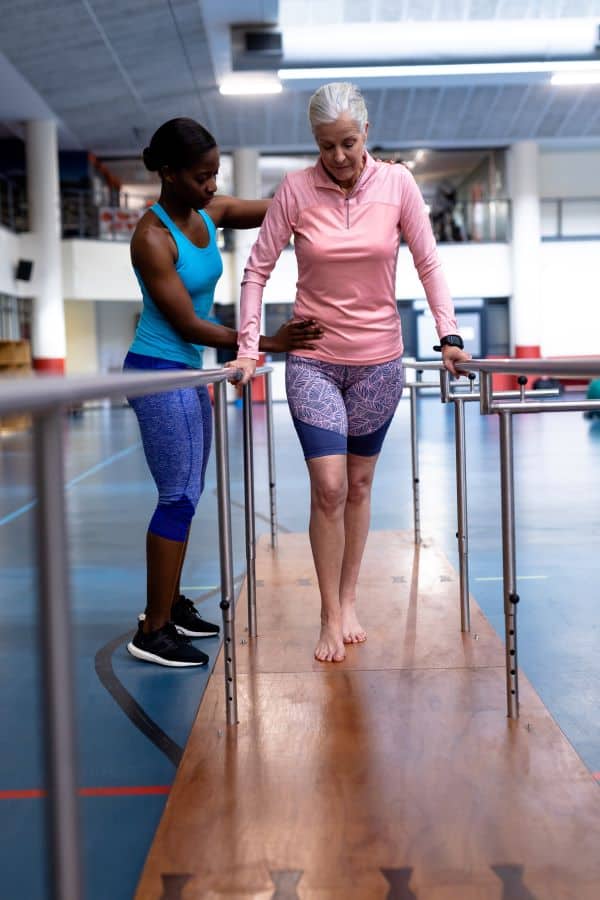Education
The first requirement to become a PTA is to complete a recognized and accredited physical therapy assistant program. These programs are usually offered by community colleges or vocational schools and typically take two years to complete. Look for programs accredited by the Commission on Accreditation in Physical Therapy Education (CAPTE) to ensure quality education.
Coursework
During your PTA program, you will undergo a combination of classroom instruction and clinical training. The coursework typically covers subjects like anatomy and physiology, kinesiology, therapeutic exercises, rehabilitation techniques, patient care skills, and medical ethics. You will also gain hands-on experience through clinical internships in various healthcare settings.
Licensing
After completing your education, you must obtain a license to practice as a PTA. Licensing requirements vary by state, so it is important to check the specific regulations in the state where you plan to work. In general, you will need to pass the National Physical Therapy Exam (NPTE) for PTAs, which is administered by the Federation of State Boards of Physical Therapy. Some states may also require additional exams or have additional criteria for licensure.
Certification
While certification is typically not required to work as a PTA, it can enhance your job prospects and demonstrate your commitment to professionalism. The American Physical Therapy Association (APTA) offers the Physical Therapist Assistant Certified (PTA-C) credential, which involves passing an exam to showcase your knowledge and skills. Additionally, obtaining certification in CPR and Basic Life Support (BLS) is often required by employers.
Job Skills
To excel as a PTA, you need strong interpersonal and communication skills to effectively interact with patients and collaborate with physical therapists and other healthcare professionals. It is essential to have strong manual dexterity, physical stamina, and the ability to follow instructions accurately. Additionally, patience, empathy, and problem-solving skills are vital when working with patients recovering from injuries or managing chronic pain.
Continuing Education
To maintain your PTA license and stay up-to-date with advancements in the field, you will need to engage in continuing education throughout your career. Many states require PTAs to complete a certain number of continuing education hours every few years. This can be achieved by attending workshops, conferences, or online courses related to physical therapy.
Career Advancement
Once you have gained experience as a PTA, you may decide to pursue additional education and become a physical therapist through a transitional program. This would involve earning a Doctor of Physical Therapy (DPT) degree, which would open the doors to advanced practice and higher pay.
In summary, to become a PTA, you need to complete an accredited two-year PTA program, pass the licensing exam, obtain a license, and develop the necessary skills to work effectively with patients. Continuing education is essential to remain licensed, and career advancement options are available for those who wish to pursue further education and become physical therapists.
Questions About Becoming a Physical Therapist Assistant?
If you have any other questions about becoming a Physical Therapist Assistant, then ask us in the comments below.
Related Physical Therapy Assisting Questions
- Do Physical Therapy Assistants Wear Scrubs?
- What Do Physical Therapists Assistants Wear To Work?
- Can Physical Therapist Assistants Work With Athletes?
- Can An Athletic Trainer Be A Physical Therapy Assistant?
- I Want to Become a Physical Therapy Assistant How do I Start?
- What Is a PRN Physical Therapy Assistant?
- What Do I Need To Be A Physical Therapy Assistant?
- What is the Difference Between PT and OT?
- What is a Physical Therapist Assistant (PTA)?
- How To Become a Physical Therapist Assistant

